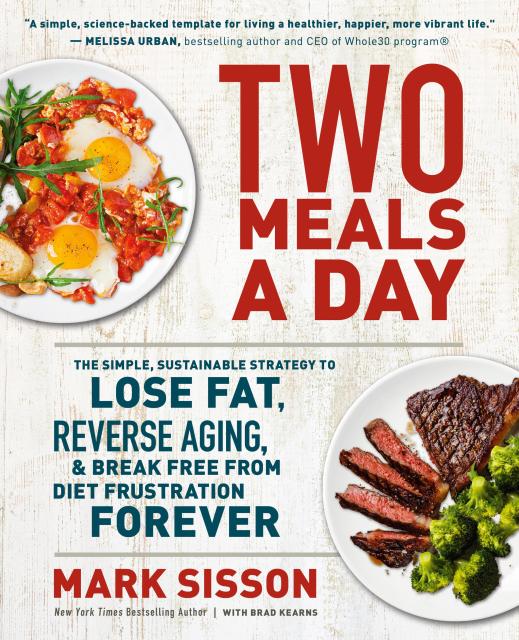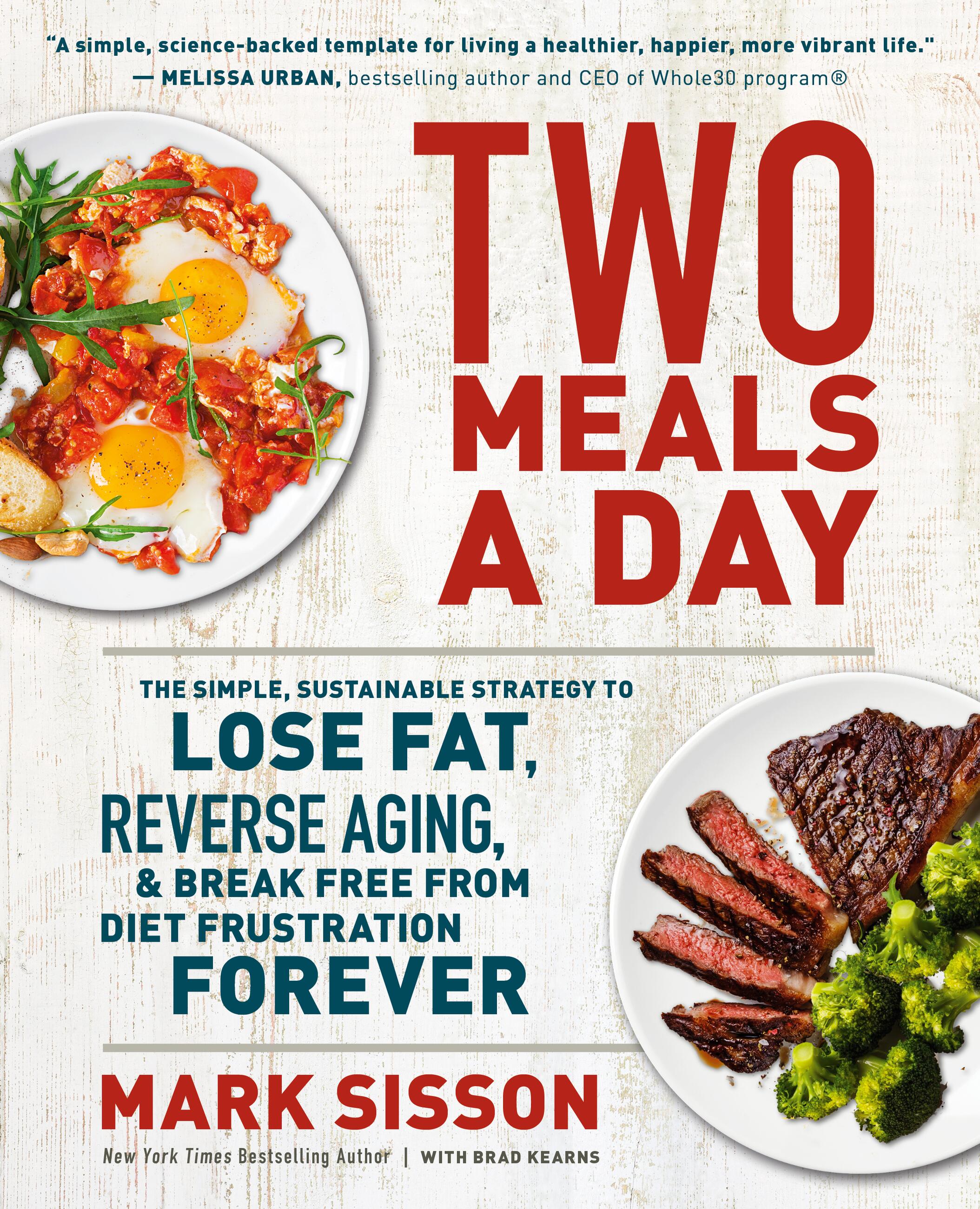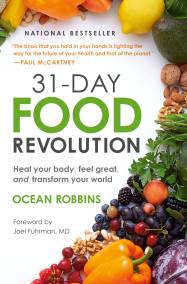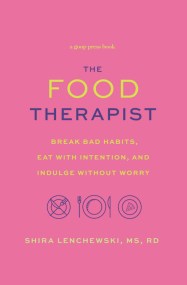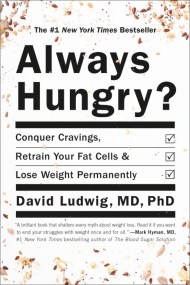Promotion
Use code BEST25 for 25% off storewide. Make sure to order by 11:59am, 12/12 for holiday delivery!
By clicking “Accept,” you agree to the use of cookies and similar technologies on your device as set forth in our Cookie Policy and our Privacy Policy. Please note that certain cookies are essential for this website to function properly and do not require user consent to be deployed.
Two Meals a Day
The Simple, Sustainable Strategy to Lose Fat, Reverse Aging, and Break Free from Diet Frustration Forever
Contributors
By Mark Sisson
By Brad Kearns
Formats and Prices
- On Sale
- Mar 7, 2023
- Page Count
- 320 pages
- Publisher
- Balance
- ISBN-13
- 9781538736968
Price
$18.99Price
$23.99 CADFormat
Format:
- Trade Paperback $18.99 $23.99 CAD
- ebook $12.99 $16.99 CAD
- Hardcover $28.00 $35.00 CAD
- Audiobook Download (Unabridged) $27.99
This item is a preorder. Your payment method will be charged immediately, and the product is expected to ship on or around March 7, 2023. This date is subject to change due to shipping delays beyond our control.
Buy from Other Retailers:
Are you sick and tired of struggling through regimented diets that work for a minute and then become unsustainable? Are you confused about the changing fads and ongoing controversy over what’s healthy and what’s not? It’s time to embrace a simple, scientifically validated plan that transcends gimmicks and avoids the stress of regimented macros and mealtimes.
Health and fitness expert Mark Sisson presents a comprehensive lifestyle approach based on the principles of intermittent fasting. He’ll teach you how to gracefully burn body fat while keeping your energy, focus, and positive attitude.
In TWO MEALS A DAY, you’ll implement an eating style that’s incredibly nourishing and easy to adhere to for a lifetime, dial-in a winning fitness routine, prioritize recovery, and learn powerful strategies for overcoming self-limiting beliefs and behaviors. When you’re ready to level up, you’ll implement some cutting-edge techniques to achieve stunning body composition breakthroughs. Packed with forty-two delicious meals in a variety of categories, TWO MEALS A DAY has everything you need to hit the ground running and pursue enjoyable and lasting lifestyle transformation.
-
"Two Meals a Day offers a simple, science-backed template for living a healthier, happier, more vibrant life."Melissa Urban, New York Times best-selling author and CEO of Whole30 Program®
-
"Mark Sisson will teach you how to become a fat burning beast! Two Meals A Day will get you real results, quickly and efficiently."Robb Wolf, New York Times bestselling author of Sacred Cow, Wired To Eat, and The Paleo Solution.
-
"Mark Sisson rises above destructive dogma and faction forming to present a total lifestyle plan that works for everyone—even for those with disparate dietary preferences."Dr. Cate Shanahan, family physician and author of Deep Nutrition and The Fatburn Fix
-
"Two Meals A Day offers a simple and sensible approach to healthy eating and fat loss, something that's really important in the age of information overwhelm and dietary controversy."Gabrielle Reece, author, podcast host, fitness icon, actress, model, supermom
-
"As an advocate for an animal-based diet, I’m used to aggressive opposition and close-minded detractors. What I appreciate about Mark Sisson and Brad Kearns is their willingness to listen to new ideas, test them out, and maintain an open mind. Two Meals A Day allows for plenty of flexibility and personal preference in creating the ideal eating strategy for you. I’m on a two daily meal plan myself and have found this to be ideal for many of my patients. These guys walk the walk and this allows them to share a valuable message with us from both their research and first-hand experience. Read this book!"Paul Saladino, MD, author of The Carnivore Code and host of the Fundamental Health podcast
-
"Mark Sisson and Brad Kearns have hit it out of the park with this book! Two Meals A Day talks to real people about a realistic eating and active lifestyle plan that will work forever. You don’t need to get bogged down by confusing science or get hammered with an aggressive, dogmatic approach that will bring short-term results and long-term fallout. You don’t have to obsessively count calories or macros, or exercise to exhaustion. When you become accustomed to eating less frequently, choosing the most nutritious and satisfying foods, and staying active throughout the day, you feel an incredible sense of freedom and empowerment. The Two Meals A Day approach has worked with my clients and in my own life."Elle Russ, author of The Paleo Thyroid Solution and host of the Primal Blueprint podcast and the Kick-Ass Life podcast
-
"How can you not love a book with 'four pillars' for healthy living! Keto For Life represents a beautiful compilation of the latest research in broad areas of healthy eating, exercising, stress management, and healthy mindset."Cate Shanahan, MD, family physician and bestselling author of Deep Nutrition and creator of the Four Pillars of Human Nutrition concept
-
"Mark Sisson has been leading the way for ancestral health enthusiasts all over the world for the past decade. His message is authentic and reasonable, which allows both novice's and hard-core followers to embrace a primal way of life."Paul Saladino, MD, author of The Carnivore Code and host of the Fundamental Health podcast
-
"Mark Sisson and Brad Kearns embody primal living like few other thought leaders. I devour his blog and his books to help increase my passion for and execution of an ancestral way of life."Brian "Liver King" Johnson, Founder and President of Ancestral Supplements, Inc, record holder in "Barbarian" workout
-
"Mark Sisson communicates a process-oriented approach that cultivates the all-important intrinsic motivation to pursue and achieve life transformation goals. He strikes a graceful balance between making commitments and drawing healthy boundaries, while also being able to enjoy life and not get stressed out by imperfection."Lindsay Taylor, Ph.D., co-author of Keto Reset Diet Cookbook, Keto Reset Instant Pot Cookbook, and Keto Passport
-
PRAISE FOR THE KETO RESET DIETMelissa Hartwig, New York Times best-selling author and Whole30 co-founder
"The exploding popularity of keto has resulted in excessive hype and ill-advised attempts to shortcut the process of fat-adaptation. The Keto Reset Diet takes a thoughtful, patient, lifestyle-focused approach to bring you all the health benefits without the burnout." -
"Mark Sisson's big picture strategy combining sensible dietary transformation with exercise, sleep, and stress management practices ensures that you will stick with it, and have fun while you're at it!"Robb Wolf, author of The Paleo Solution and Wired To Eat
-
"Mark Sisson's The Keto Reset Diet opens the door to better health by broadening the scope of this revolutionary approach to health and longevity. He masterfully delivers a comprehensive guide that allows everyone to engage what our most well respected research is validating. This book will guide readers to finally achieve success as it relates to health and weight loss."David Perlmutter, MD, author of the New York Times #1 bestseller, Grain Brain and The Grain Brain Whole Life Plan
-
"World class advice from a world class athlete. Mark Sisson presents a sound formula of ketogenic eating and living that anyone at any age and athletic level can follow to build a fitter, leaner, healthier body. The Keto Reset Diet provides the what, the how, and, best of all, the whys of the ketogenic diet. If you've been hearing about the terrific health and fitness changes that can come about with a ketogenic diet, this is the book you need to read."Michael R. Eades, M.D., co-author of the New York Times bestselling Protein Power
Newsletter Signup
By clicking ‘Sign Up,’ I acknowledge that I have read and agree to Hachette Book Group’s Privacy Policy and Terms of Use
